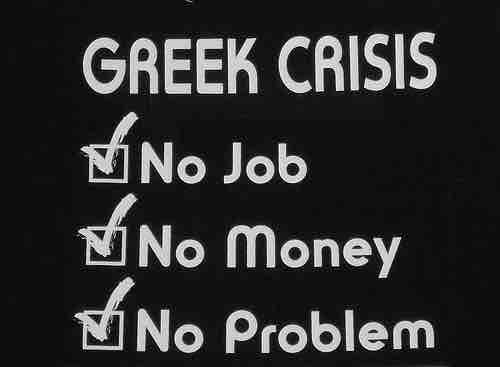Types of Liabilities
Liabilities are classified in different types. The two main categories of these are current liabilities and long-term liabilities.
Current Liabilities
Current liabilities are often loosely defined as liabilities that must be paid within a single calender year. For firms with operating cycles that last longer than one year, current liabilities are defined as those liabilities which must be paid during that longer operating cycle. A better definition, however, is that current liabilities are liabilities that will be settled either by current assets or by the creation of other current liabilities.
Example of current liabilities include accounts payable, short-term notes payable, commercial paper, trade notes payable, and other liabilities incurred in the normal operations of the business. Some of these normal operating costs include salaries payable, wages payable, interest payable, income tax payable, and the current balance of a long-term debt that will be due within a single year. Other long-term obligations, such as bonds, can be classified as current because they are callable by the creditor. When a debt becomes callable in the upcoming year (or operating cycle, if longer), the debt is required to be classified as current, even if it is not expected to be called. If a particular creditor has the right to demand payment because of an existing violation of a provision or debt statement, then that debt should be classified as current also. In situations where a debt is not yet callable, but will be callable within the year if a violation is not corrected within a specified grace period, that debt should be considered current. The only conditions under which the debt would not be classified as current would be if it's probable that the violation will be collected or waived.

Excessive debt can cripple a business and a country.
A business can have different liabilities depending on the debt instruments into which they enter.
Long-term Liabilities
Long-term liabilities are reasonably expected not to be liquidated or paid off within the span of a single year. These usually include issued long-term bonds, notes payables, long-term leases, pension obligations, and long-term product warranties.
Contingent Liabilities
Contingent liabilities can be current or long-term. They typically deal with legal actions or litigation claims against the entity or claims (such as penalties or fees) an organization encounters throughout the course of business. Contingent items are accrued if the claims and their likelihood of occurring are probable, and if the relevant amount of the liability can be reasonably estimated.